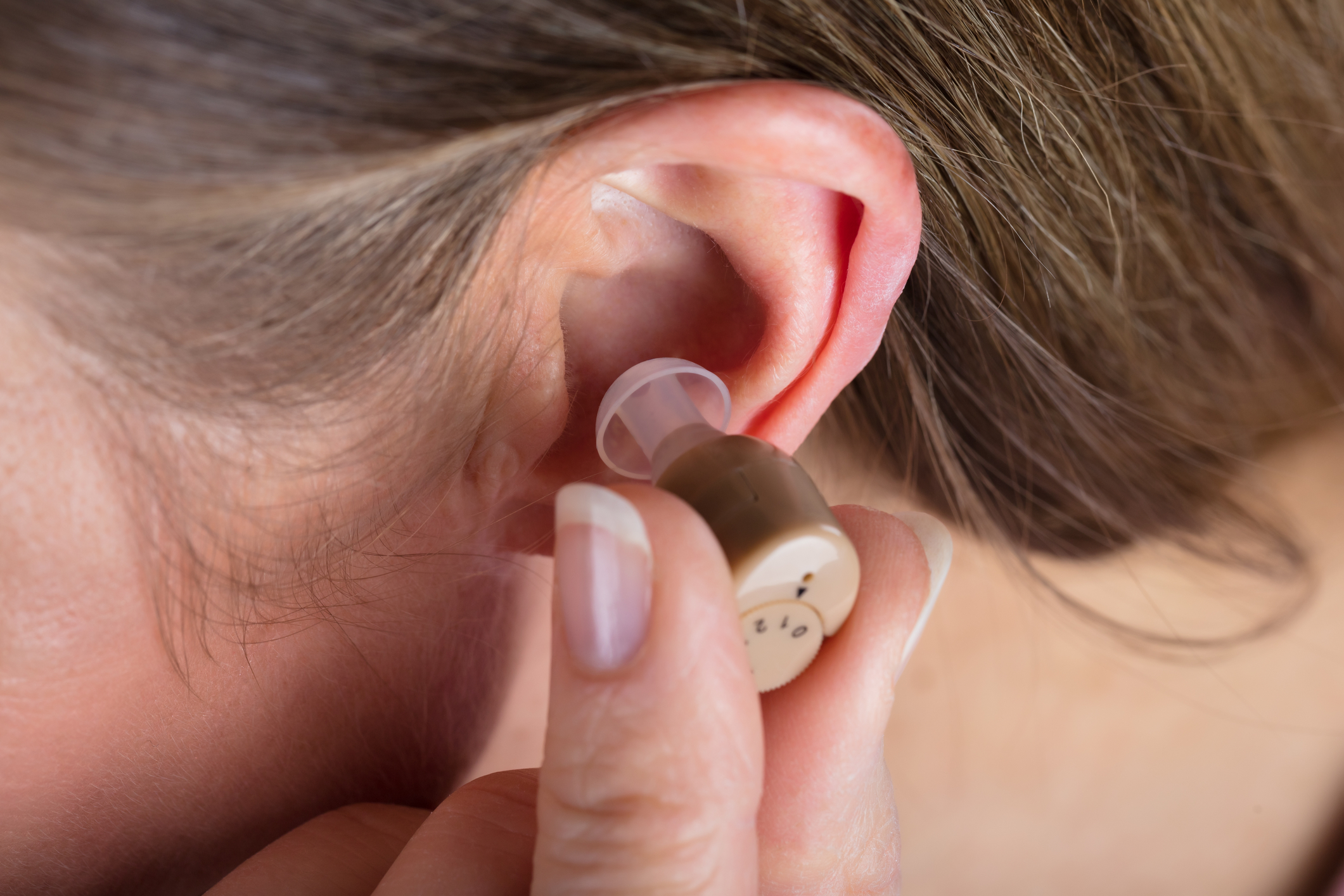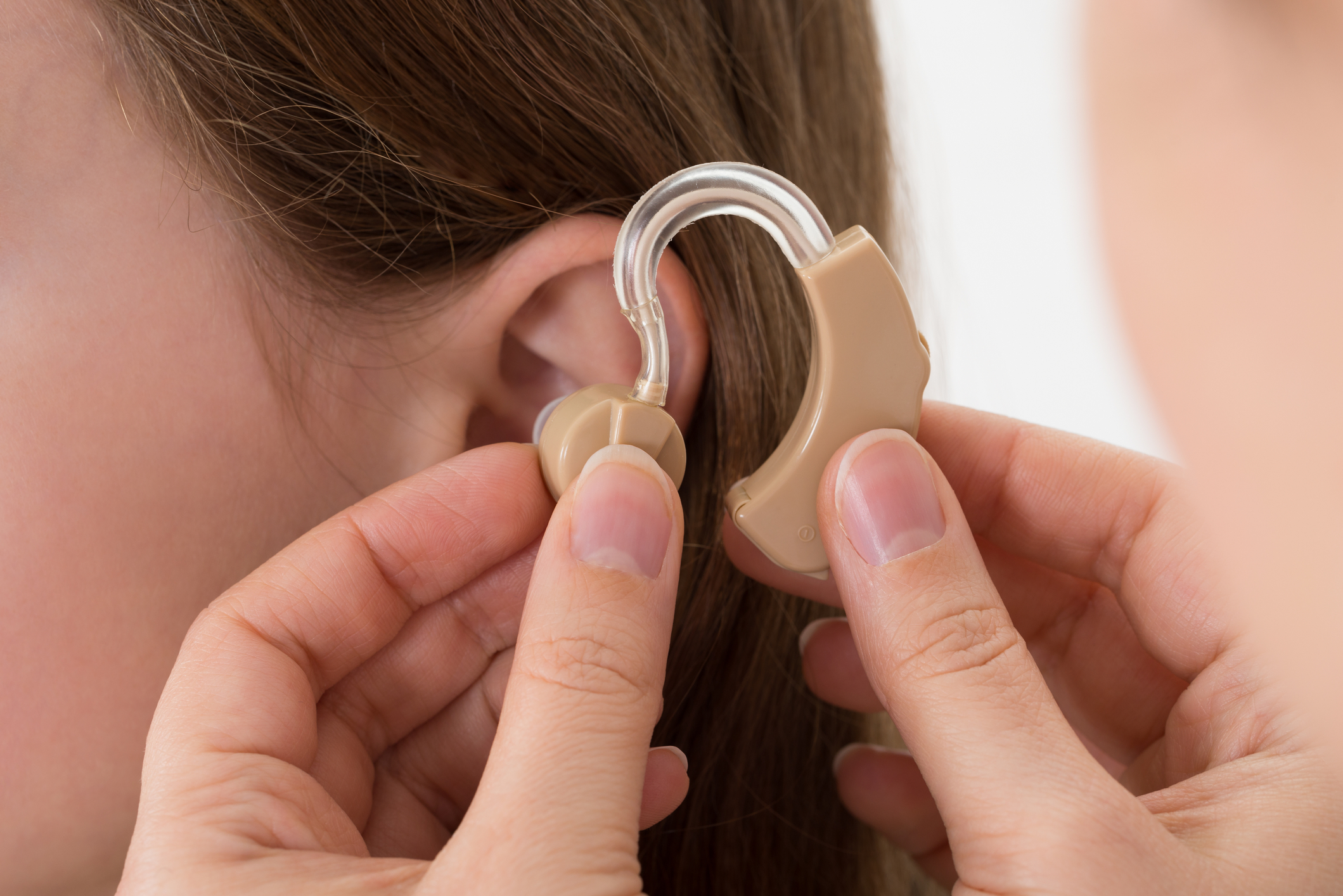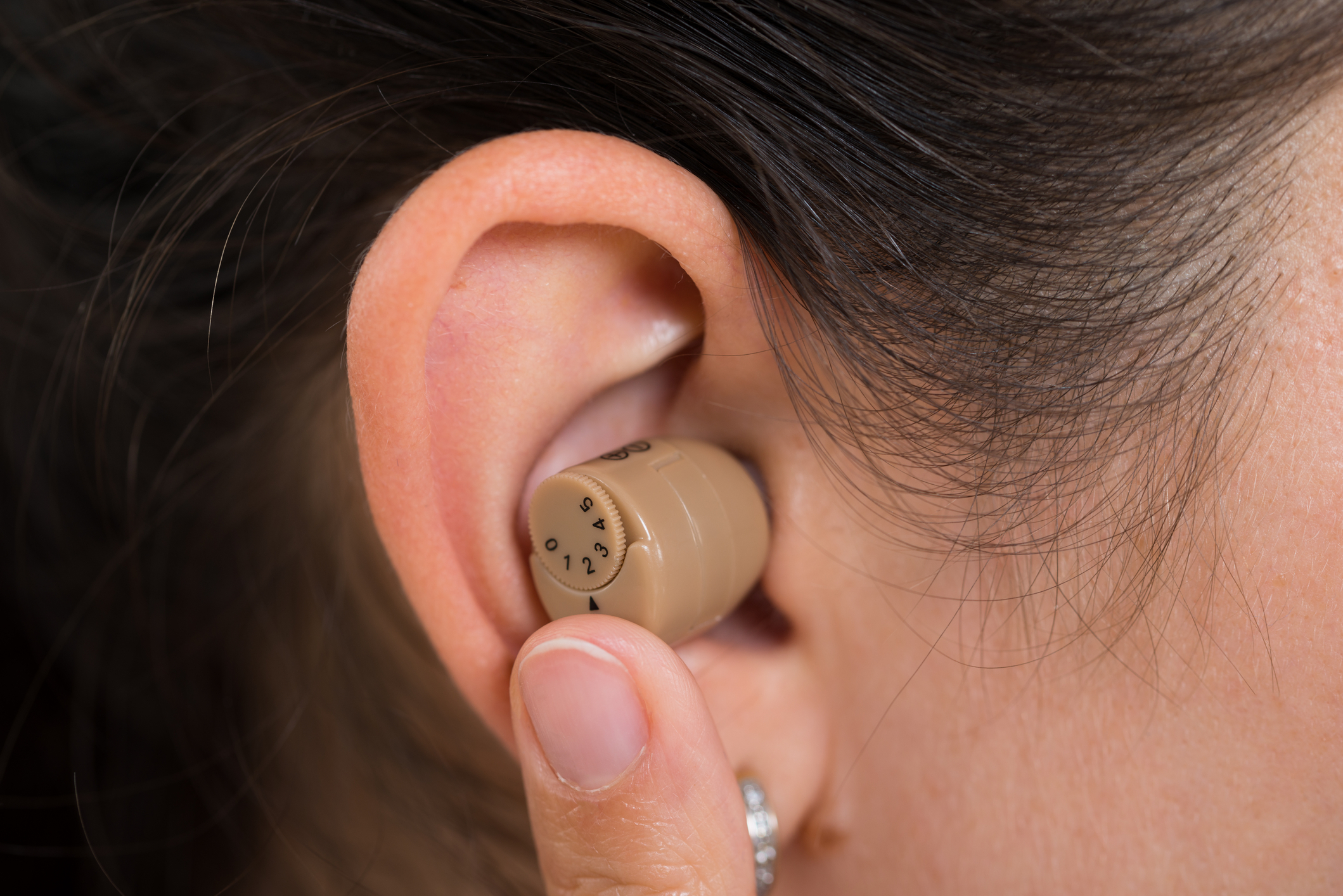Why October Is the Best Month to Invest in Hearing Aids—Don’t Miss These Deals!
Hearing aids are transformative devices designed to enhance the quality of life for individuals with hearing loss. With technological advancements and a range of options available, choosing the right hearing aid can be overwhelming. This guide provides essential information to help you understand hearing aids, their benefits, and what to consider when selecting one.
Understanding Hearing Aids

Hearing aids are electronic devices worn in or behind the ear that amplify sound to assist those with hearing impairment. They consist of three main components:
- Microphone: Captures sound from the environment.
- Amplifier: Increases the volume of the sound.
- Receiver: Delivers the amplified sound into the ear canal.
Modern hearing aids are highly sophisticated, incorporating digital technology to process sound with remarkable clarity. They can be customized to meet individual hearing needs and preferences.
Types of Hearing Aids

Hearing aids come in various styles, each offering unique benefits. Here are the most common types:
- Behind-the-Ear (BTE): BTE hearing aids are worn behind the ear and connected to a custom earpiece or earmold inside the ear canal. They are suitable for all degrees of hearing loss and are known for their durability and power.
- In-the-Ear (ITE): ITE hearing aids fit entirely inside the outer ear and are custom-molded to the wearer’s ear shape. They are less visible than BTE models and are suitable for mild to severe hearing loss.
- In-the-Canal (ITC): ITC hearing aids are partially visible and fit partially in the ear canal. They are less noticeable and suitable for mild to moderate hearing loss.
- Completely-in-the-Canal (CIC): CIC hearing aids fit completely inside the ear canal, making them almost invisible. They are ideal for mild to moderate hearing loss but can be more challenging to handle.
- Receiver-in-Canal (RIC): RIC hearing aids are similar to BTE models but with the receiver located in the ear canal. They are discreet and suitable for a wide range of hearing loss levels.
Benefits of Hearing Aids

- Enhanced Hearing: Hearing aids improve the ability to hear and understand speech and other sounds, enhancing communication and overall quality of life.
- Better Social Interaction: By improving hearing, users can participate more fully in conversations, social events, and activities, reducing feelings of isolation.
- Cognitive Health: Addressing hearing loss with hearing aids can help prevent cognitive decline associated with untreated hearing loss.
- Personalization: Modern hearing aids offer various settings and features, such as noise reduction, directional microphones, and wireless connectivity, allowing users to tailor their hearing experience to different environments.
Choosing the Right Hearing Aid

When selecting a hearing aid, consider the following factors:
- Degree of Hearing Loss: Your hearing healthcare professional will assess your hearing loss level and recommend a hearing aid that meets your specific needs.
- Lifestyle: Consider your daily activities and environments. For example, if you frequently attend social gatherings or noisy environments, a hearing aid with advanced noise reduction features may be beneficial.
- Comfort and Fit: Ensure the hearing aid fits comfortably and securely in or behind your ear. Comfort is crucial for daily wear and long-term satisfaction.
- Budget: Hearing aids vary in price based on features and technology. It’s essential to balance cost with the benefits and features that best meet your needs.
- Technology and Features: Evaluate the technology options, such as Bluetooth connectivity, smartphone compatibility, and programmable settings. Advanced features can enhance the hearing experience but may come at a higher cost.
What to Remember

Hearing aids are invaluable tools for improving hearing and enhancing quality of life. With a range of types and features available, selecting the right hearing aid involves considering your specific hearing needs, lifestyle, and budget. Consulting with a hearing healthcare professional can provide personalized recommendations and ensure you find a hearing aid that offers the best combination of comfort, functionality, and value. Embrace the opportunity to reconnect with the sounds around you and enjoy a more vibrant and engaged life.